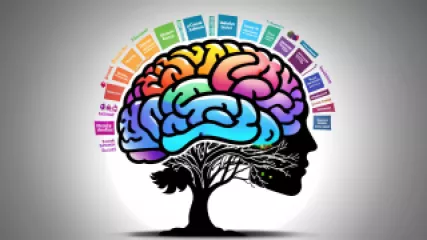Maximizing Volunteering Benefits for Reducing Loneliness
1 year ago
Volunteering Benefits
Overcoming Retirement Anxiety: My Journey to Building Confidence
1 year ago
Retirement Anxiety
Mastering Mindful Listening for Increased Focus
1 year ago
Mindful Listening Benefits
Top 10 Myths About Mental Health Stigma Debunked
1 year ago
Mental Health Stigma
Unraveling Intelligence Theories: What are the most effective intelligence improvement techniques?
1 year ago
Intelligence Theories
Top 10 Reasons Why Mental Health Breaks are Essential
1 year ago
Mental Health Break Importance
Challenging Mental Health Stigma: A Personal Perspective
1 year ago
Mental Health Stigma
How to Break Through Creative Blocks and Nurture Creativity
1 year ago
Overcoming Creative Blocks
Mastering Mindful Listening: Benefits for Relationships
1 year ago
Mindful Listening Benefits
Maximizing Volunteering Benefits for Well-being
1 year ago
Volunteering Benefits
The Ultimate Guide to Addressing Mental Health Stigma
1 year ago
Mental Health Stigma
Mastering Time Management: A Psychologist's Guide
1 year ago
Psychology of Time Management
Exploring Intelligence Theories: An Ultimate Guide to Learning Styles Theory
1 year ago
Intelligence Theories
Managing Retirement Anxiety: A Step-by-Step Guide
1 year ago
Retirement Anxiety
Top 10 Therapies for Relationship Issues
1 year ago
Navigating Relationship Conflicts















